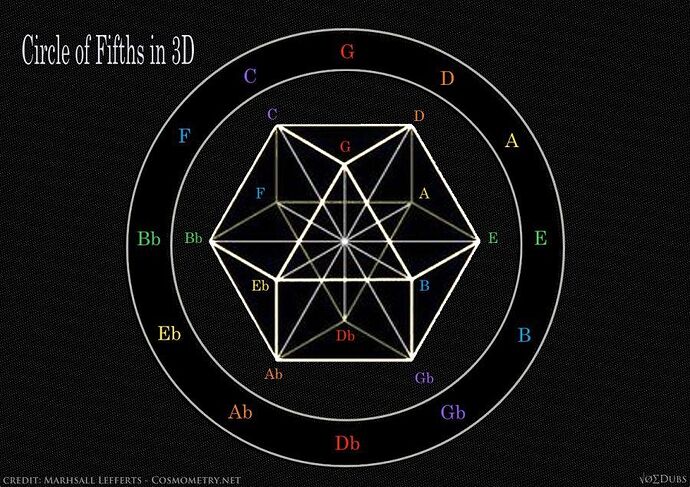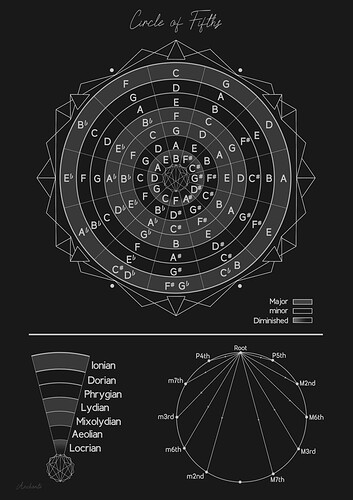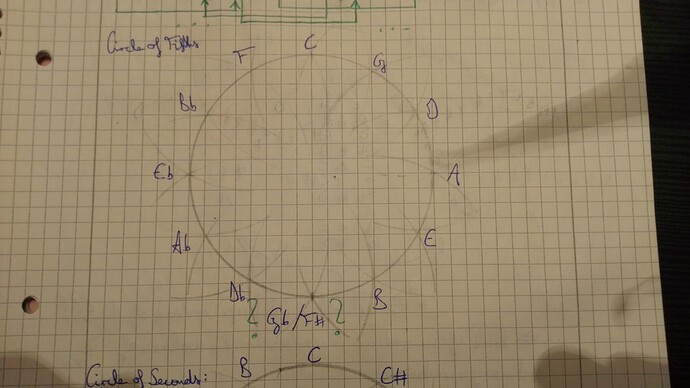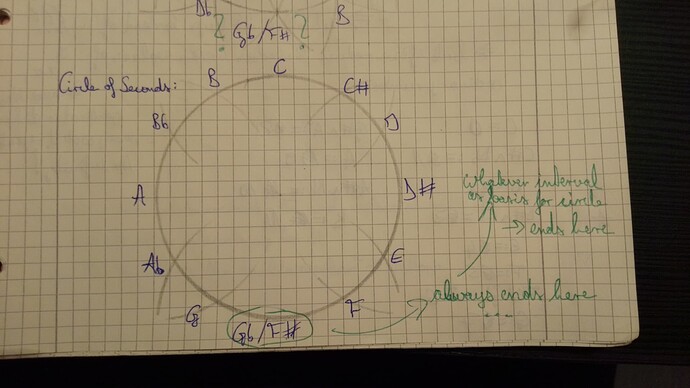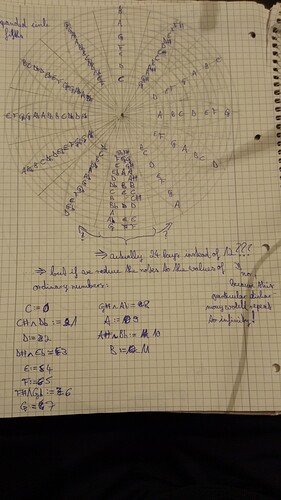Hello dear BassBuzz-Family,
now, these questions from my recent personal story may be philosophy to think about: I have a blind patient in my eye practice and when I turn on our air filter it makes a C Major chord. That time when he was there and I was turning it on he immediately told me excited it was C Major. Wondering about his musical skill, we came into smalltalk and this dude was mind blowing to me: He lost his vision as a kid, but has somehow acquired a perfect pitch then, and he can tell you every note you play to him. However, he SEES colors when he hears music. C was reddish, and depending on the tone (Major = bright red, Minor = dark red), D orange, E yellow, up to B violett. When he hears a song, he sees colors playing around and changing their shape. He was always asking himself if there was a real nature of music, and if a key has its own personality, its own spirit, like the colors he sees.
Now I remember a friend of mine too who took LSD some years ago while listening to music and he also saw similar colors like this blind buddy (!) , only the colors themselves varied.
Getting into deeper research for it I came to Christian Schubart’s characteristics of keys:
https://wmich.edu/mus-theo/courses/keys.html
And then I found these mind blowing lectures from Rudolf Steiner:
In contrast, I study mathematics and physics and just had a quick reading over these books in my Uni library:
And just thought myself: WTF. I cannot describe this feeling I found myself in, but there is something so deep hidden in music that we human beings can only hardly understand. Like: What if the circle of fifths is just a 2-dimensional projection of a 3-dimensional “ball”? A ball of notes, its center in the middle the “God”-Note all notes come from, just like in astrophysics the Big Bang, the one point from which space and time and the universe may have come into existence. What supports my opinion of this 3-D to 2-D projection is Carl Sagan: Check this video out:
I am absolutely sure the same principles apply to the circle of fifths, too: That it is actually a ball, projected to a circle. 3D to 2D.
Now, I am asking you: What do you think: Does a certain note / a certain chord / a certain key have an individual character or is every tone just a variation of the 12 tones we western people are used to? Is there an individual emotional nature of a tone and its modes and scales (Ionian, Dorian, Phrygian, and so on), or are they all the same? What feeling does a certain rhythm/beat create? What IS the nature/spirit of music?
Did you have any personal unique experiences of music that no one else possibly had (like seeing colors when hearing music), too? What do you think?
From my view, I can absolutely confirm that there is a hidden nature in each tone. C Major creates a different feeling than D# Major for example. And B Lydian creates a different feeling than F Locrian.
I hope you find inspiration to think about the soul of music and ask yourselves if it actually has a soul or not; if all I come up here is deeptalk we bassists are always used to (![]() since we’re the deepest playing people in music), or if it’s all senseless waffle and I’ve just gotten crazy
since we’re the deepest playing people in music), or if it’s all senseless waffle and I’ve just gotten crazy ![]()
![]()
![]()
The colors my blind patient and my buddy on his LSD-Trip (please don’t you ever think about taking it! ![]() ) were seeing taught me a lesson that there are answers in music that whatever deep you go into research, you will only find more and more beauty; the laws and (mathematical) principles the universe and infinity are built apply to music, too.
) were seeing taught me a lesson that there are answers in music that whatever deep you go into research, you will only find more and more beauty; the laws and (mathematical) principles the universe and infinity are built apply to music, too.
But it is like eye medicine tells: Whatever kind of glasses you wear, they only show you the world differently; and just like an onion does not have a core, just layers by layers going deeper, we may never find “the core” of music.
I am glad if I could ignite the light of deeptalk in you, and I am excited to read from you and having a deeptalk discussion here ![]()
![]()
![]()
Wish y’all the Bass and enjoying your thoughts ![]()
![]()
![]()
DLiqacy


